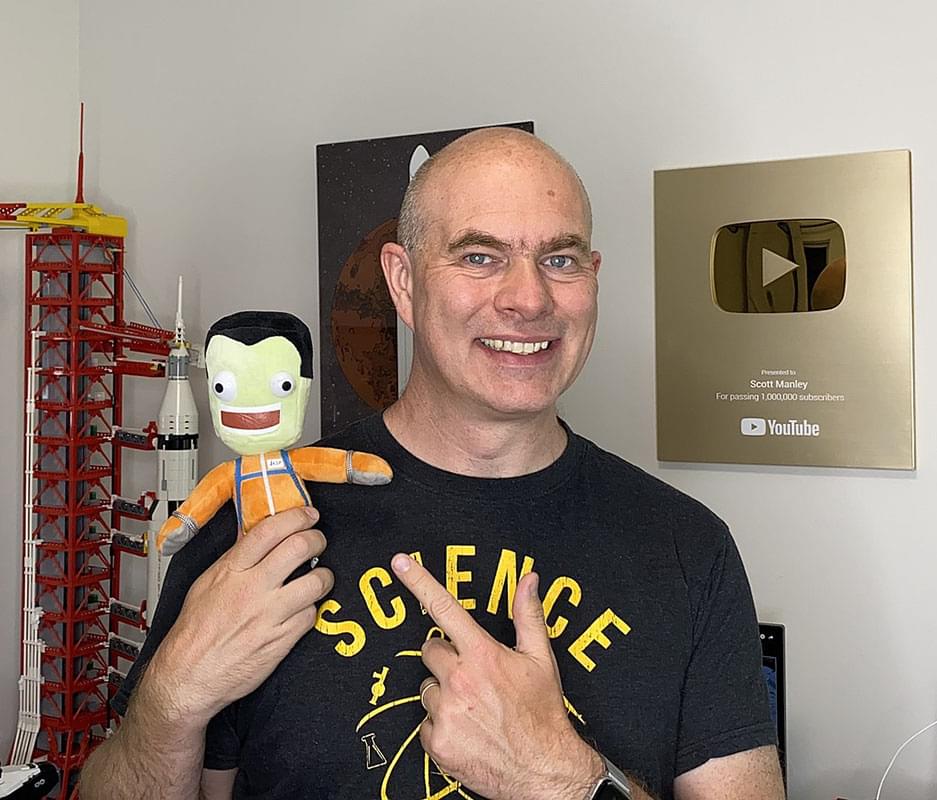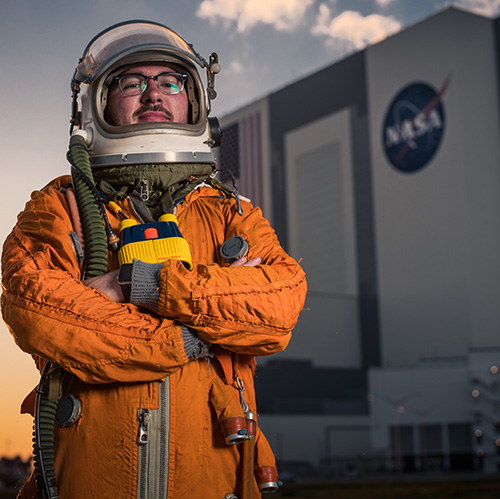
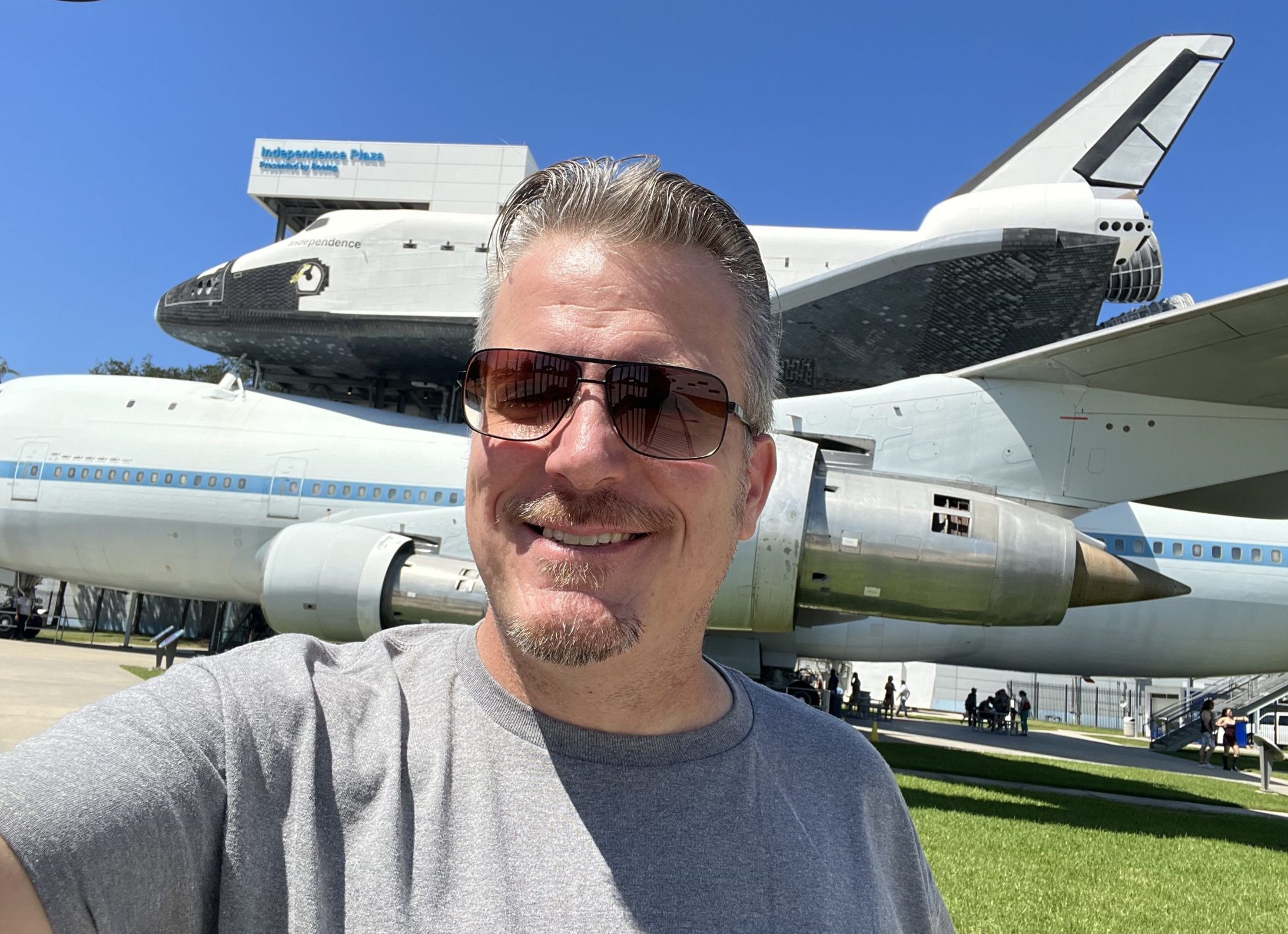
Johnson Space Center - Space Nerd Heaven
I recently found myself in the Houston area for work. During one of my travel days, I took a few hours to visit the Johnson Space Center. I’ve grown up fascinated with spaceflight. Some of my favorite toys as a child were models of the Mercury 9, Saturn 5, and Space Shuttle. I watched every Space Shuttle launch – including the fateful Challenger disaster. My mom let me stay home from school that day; I’ll never forget standing right in front of the TV and seeing the Space Shuttle explode mid-ascent.
That pattern has continued to this day. Every day after work, I crack a beer and watch that day’s latest space flight news on Youtube on my TV. I’ve watched the development of the Space X Falcon 9 rockets and countless launches / landings, I follow evertything that’s going on with NASA’s new Space Launch System, and every piece of news from the James Web Space Telescope.
Here are my favorite Space Youtubers:
I watch these guys every day.
I’m such a nerd, and I love it!
Until I was on a guided tour of the facilities, I didn’t fully appreciate that I was not really at a tourist attraction, but the main NASA facility where they research, support, and control all of the missions.
You know when they say, “Houston, we have a problem”?
Yeah. It’s THIS PLACE they are talking to.
It’s a working facility with a visitor center on the side, that allows guided tours of a couple of areas.
I was like a kid at Disneyland.
SO ANYWAY….
Getting on with a few of the highlights from the Johnson Space Center….
Mercury 9
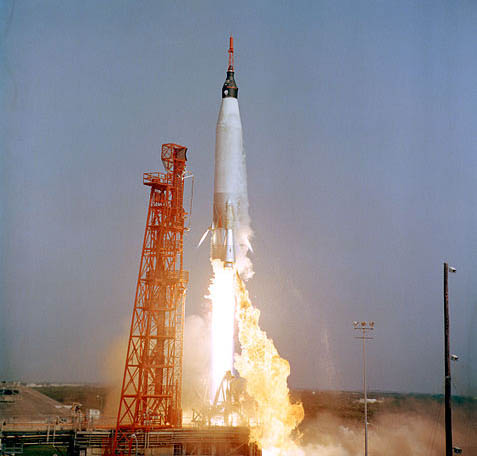

The Mercury 9 capsule flew on May 15th 1963, and orbited the earth for 34 hours before splashing down in the ocean.
Gemini 5
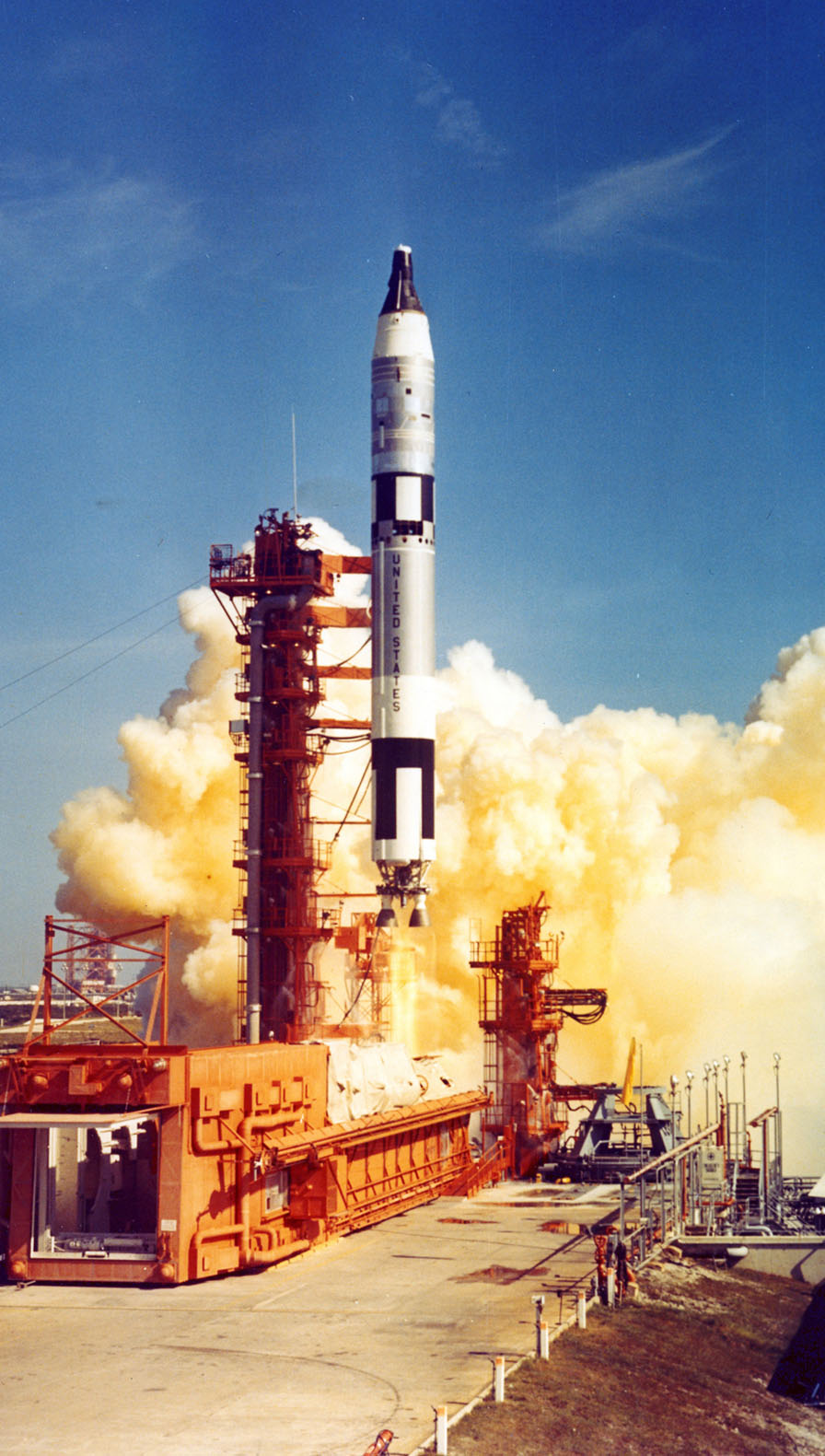


Gemini 5 flew on Aug 21, 1965. The two astronauts, Charles Conrad and Gordon Cooper stayed inside this tiny capsule, orbiting the moon for 8 days, before returning to earth. This is the actual capsule you see being launched in the photo on the left.
This mission was the next step in the USA – Soviet Union dick measuring contest. The US broke the previous record, held by the Soviets.
Apollo Program / Saturn 5
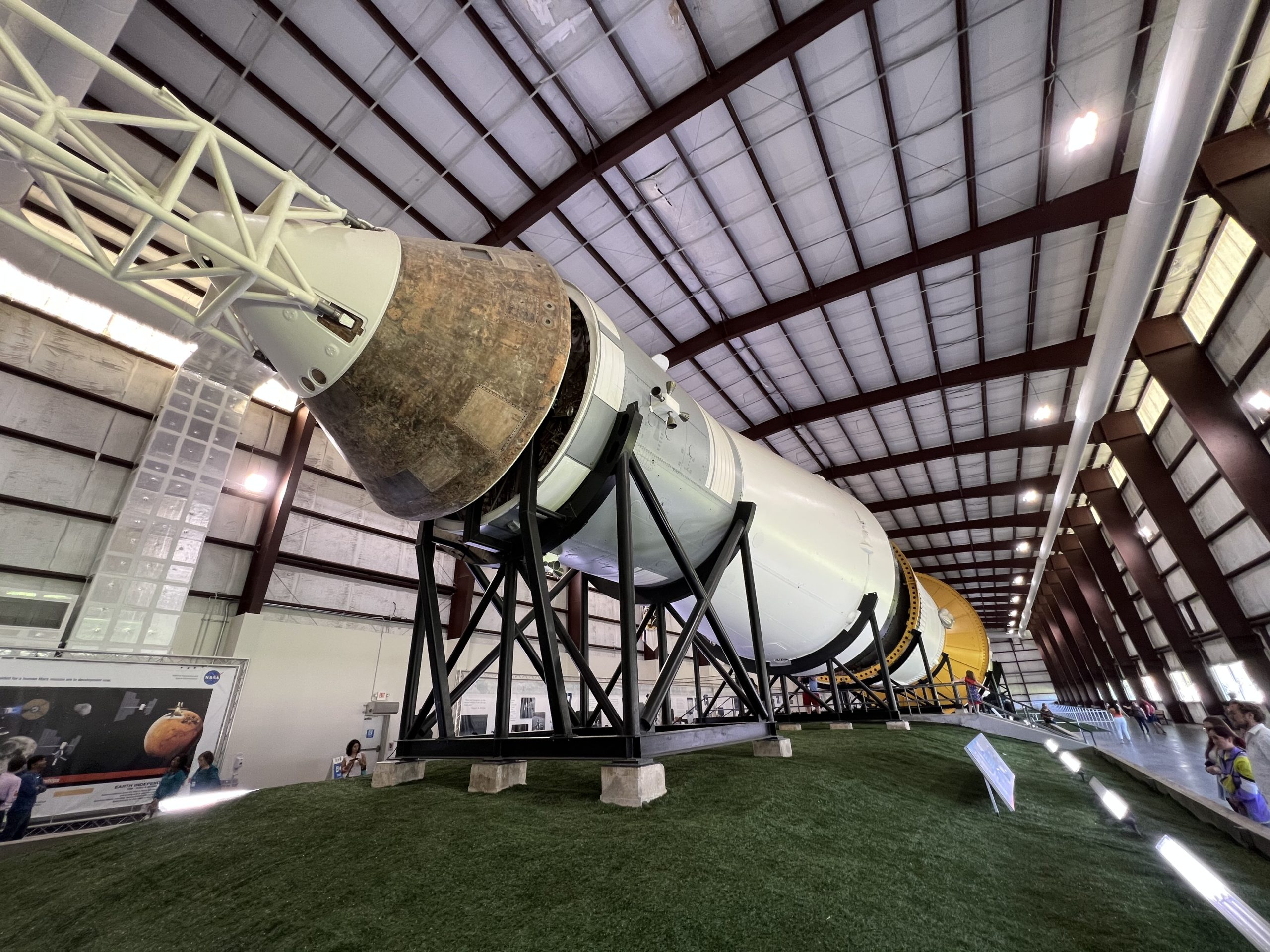
The Apollo program lost public interest, and therefore funding. NASA had three fully built, flight ready Saturn 5 rockets ready to go to the moon when the program was cut. This is one of those three. It was absolutely mind blowing to walk up to, and underneath, this majestic rocket; something I’ve only seen on TV, books, and historical films.
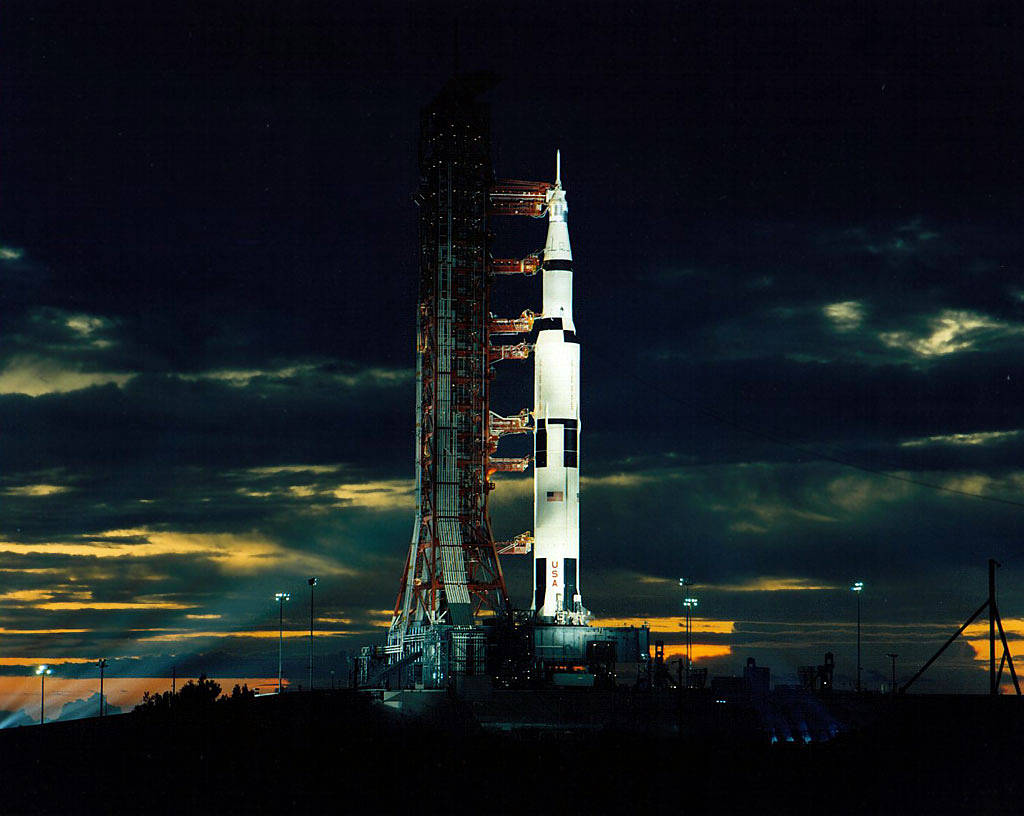

The actual Apollo 17 capsule, which flew the last mission to the Moon in December of 1972.


“That’s one small step for man, one giant leap for mankind”


The Apollo Mission Control Room – perfectly preserved from the way it was in the 60’s and 70’s. This is the room where we heard those famous words, “Houston, Tranquility Base here. The Eagle has landed”, and even more famously, “That’s one small step for man, one giant leap for mankind.”
It is located inside Building 30 of the Johnson Space Center – which houses the other active Mission Control rooms to this day. We were admonished a few times to not bee noisy, as the International Space Station Mission Control room was one floor below us.
Space Shuttle


This is an actual RS-25 rocket engine, the same one that was used (in a set of 3) on the Space Shuttle, and the same that will power the yet-to-launch Space Launch System (in a set of 4). The Space Shuttle you see atop the 747 is a life size mockup, the 747 is one of the actual transport planes that would move the Shuttle from it’s landing site to the NASA maintenance facilities. Despite being a mockup, it was still a thrill to go inside and get a sense of what the interior of the Space Shuttle was like.
Space X Falcon 9

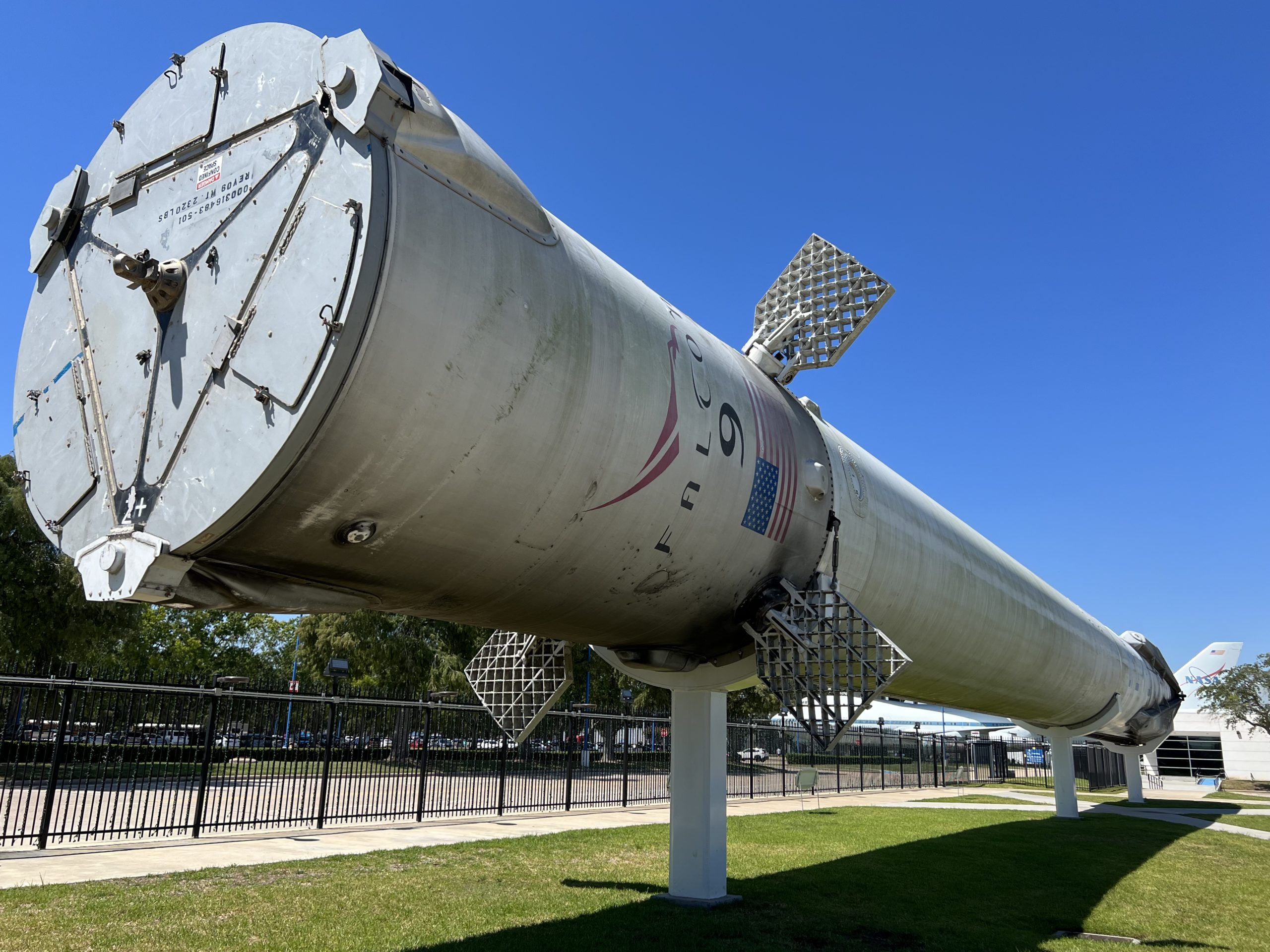
June 3, 2017 and was the first time a Dragon spacecraft was reused. This is a video of this exact rocket’s flight.
Join
mailing list
Share
with friends

